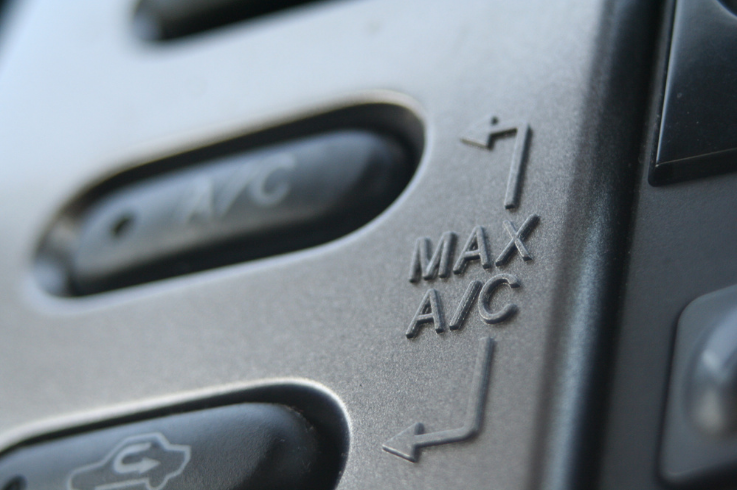
As we head into the summer months here in New Zealand, it’s the time of year when the air conditioning in your car goes into overdrive. Trying to keep cool, especially when the weather is particularly humid usually means turning the air conditioning up to full blast and turning the temperature down low.
You might not have run your air con on cold for a while – probably since last April or May – and if you turn it on and it’s not as cold as it used to be, the chances are you are running low on refrigerant in your car’s air conditioning system.
The good news for you? It’s something you can fix yourself.
Whilst you can take your car into your local garage and get them to do it for you, it’s actually a pretty simple top up that can be performed at home as long as you follow some simple steps that we have highlighted below.
How car air conditioning systems work
Before we dig into recharging your car’s air conditioning system, let’s quickly recap how car AC systems work.
According to Instructables, an air conditioner, in a car or home has three main parts: a condenser, a compressor, and an evaporator.
The condenser and the evaporator are two radiators that are effectively connected in a loop.
The compressor is situated between them on one side of the loop.
Car AC systems are closed systems, sealed from the outside and typically filled with a refrigerant, in most cases R134a.
The compressor takes low pressure, gaseous, R134a, compresses it (creating heat), then sends it to the condenser, where the heat is dissipated to the outside.
After the condenser, liquid refrigerant travels to the evaporator, located inside the passenger compartment, where it is allowed to expand, removing heat, and cooling the evaporator. The fan directs air over the evaporator, then out of the air vents in your car.
Can I recharge my car AC myself?
Charging your car AC yourself is relatively inexpensive and easy to do and can be completed in a few minutes provided there are no leaks on your system.
Whilst it is one of the easier jobs to carry out on your own vehicle, topping up the refrigerant on your car’s AC system is still a task that requires you to follow some specific steps as you can quickly cause bigger issues if it is not done correctly.
How do I know if my car air conditioning needs to be recharged?
The most common causes of broken air conditioning are leaks or compressor issues. If your air is blowing cool but not cold, the problem could be a clogged filter, cooling fan problem, radiator trouble, or it could simply be that you need to recharge your AC.
There are a few things you can do to quickly diagnose the potential problem. These include:
- Check to see that the cooling fans on the condenser or radiator are running when the air conditioning is on.
- Look for any restrictions like leaves, bugs and other debris that would keep air from passing over the condenser.
- Check the cabin air filter to ensure that it is not clogged.
- Check that the clutch is engaging on the compressor (see video below).
- Check for leaks in the system using CRC Leak Detector.
If you can’t detect any of these issues, it’s likely you need to recharge your AC so grab a can of CRC AC Charge and follow the steps identified below.
How do I charge my car’s air conditioning myself?
The easiest way to charge your car’s AC system yourself is to use CRC AC Charge – a unique all-in-one application method that uses professional quality R134a refrigerant. This is a fast and effective way to recharge the air conditioning system on your vehicle.
CRC AC Charge adds refrigerant R134a to the air conditioning system via the low-pressure inlet. The process can be completed within minutes following the steps below.

